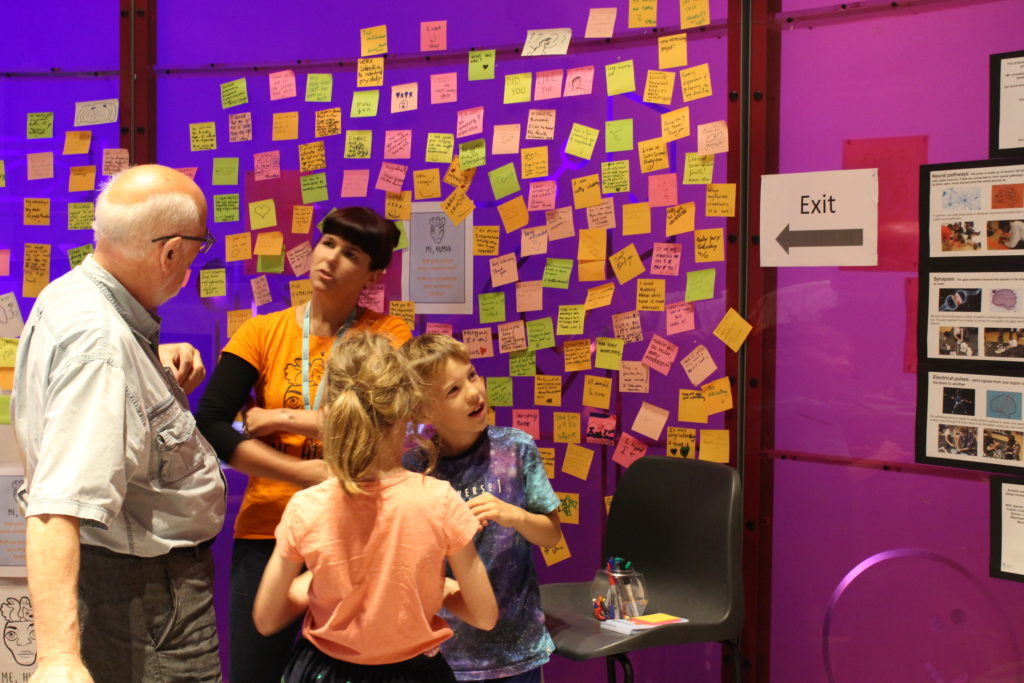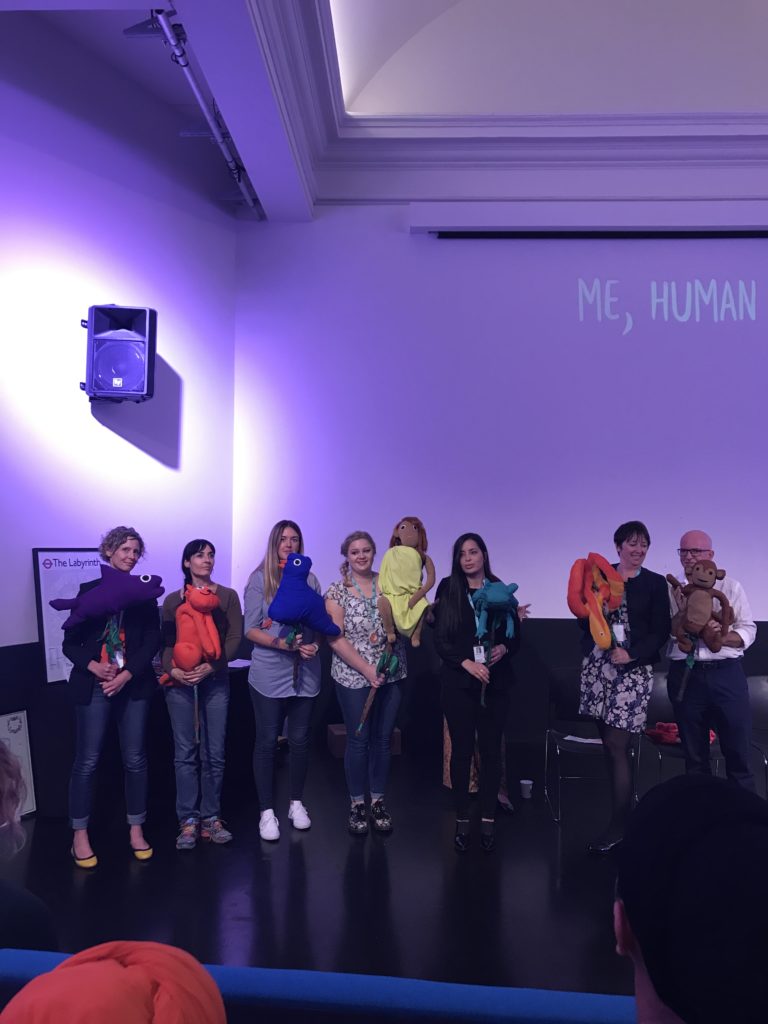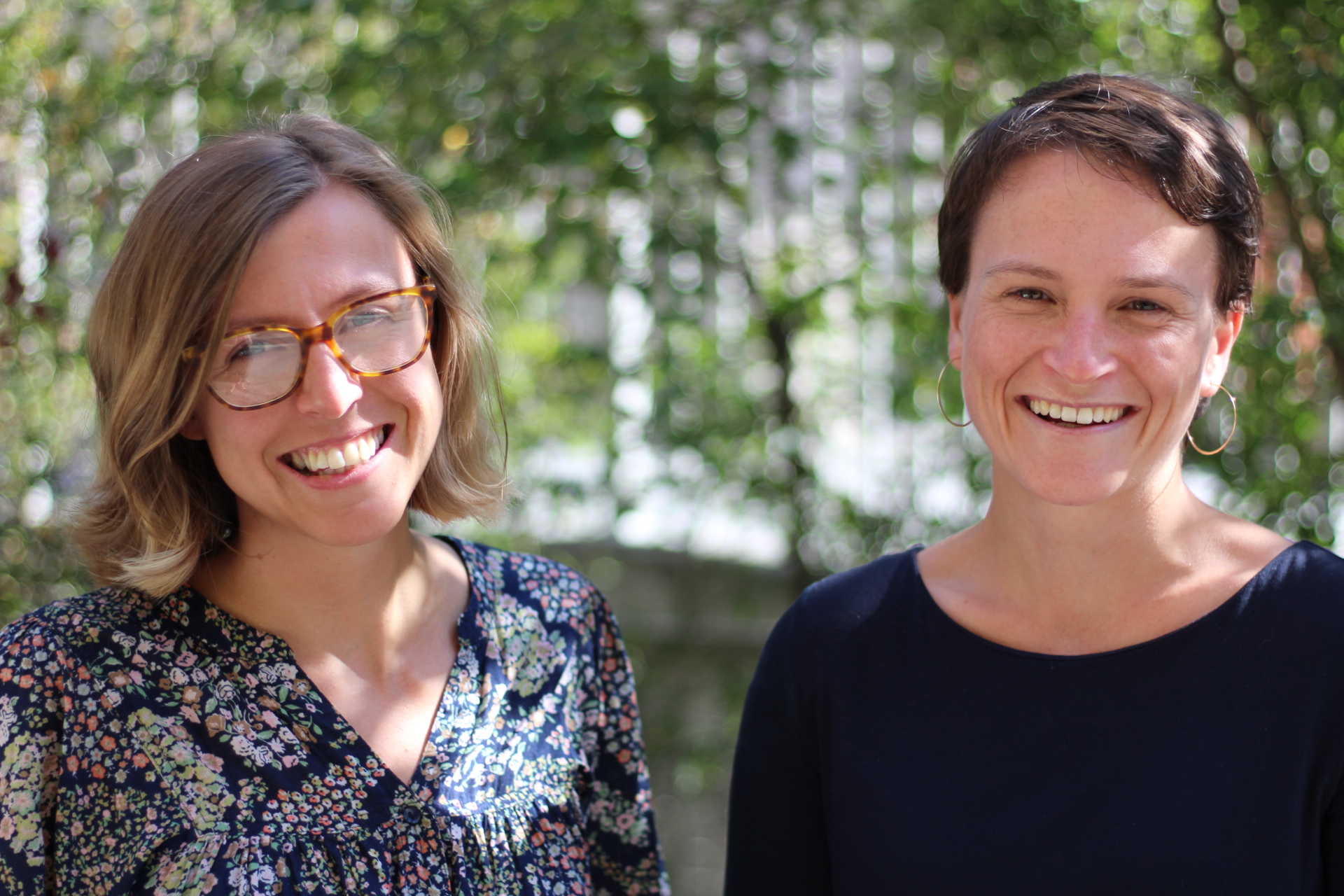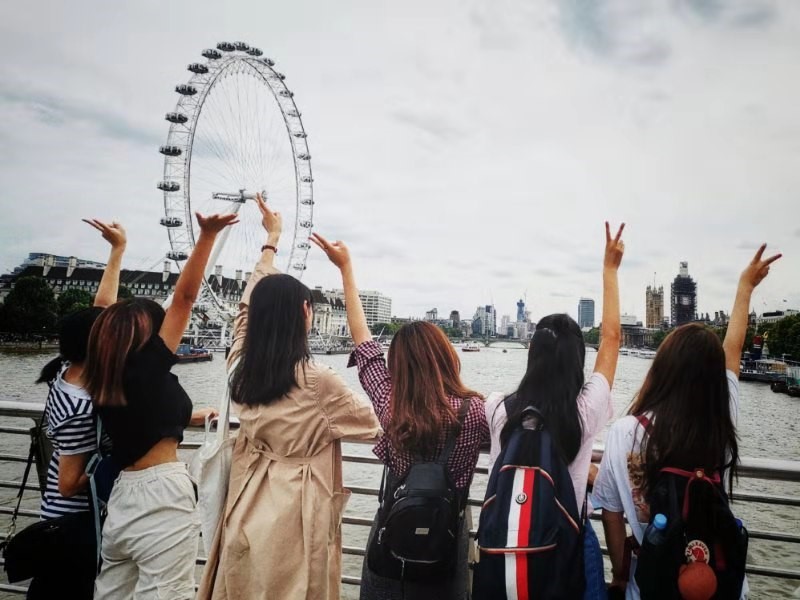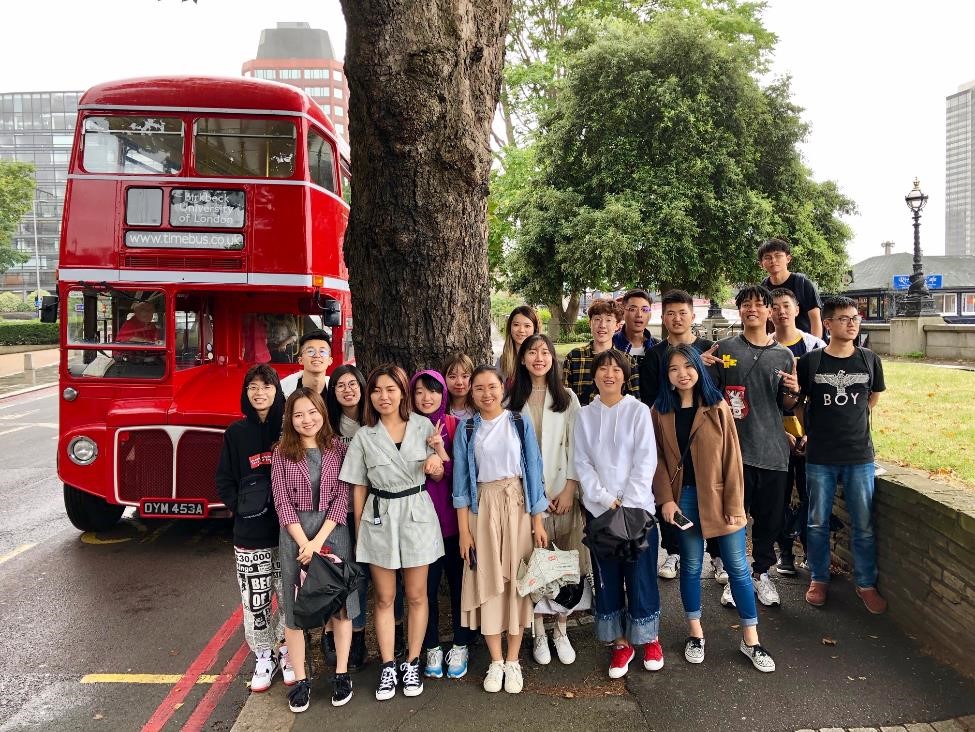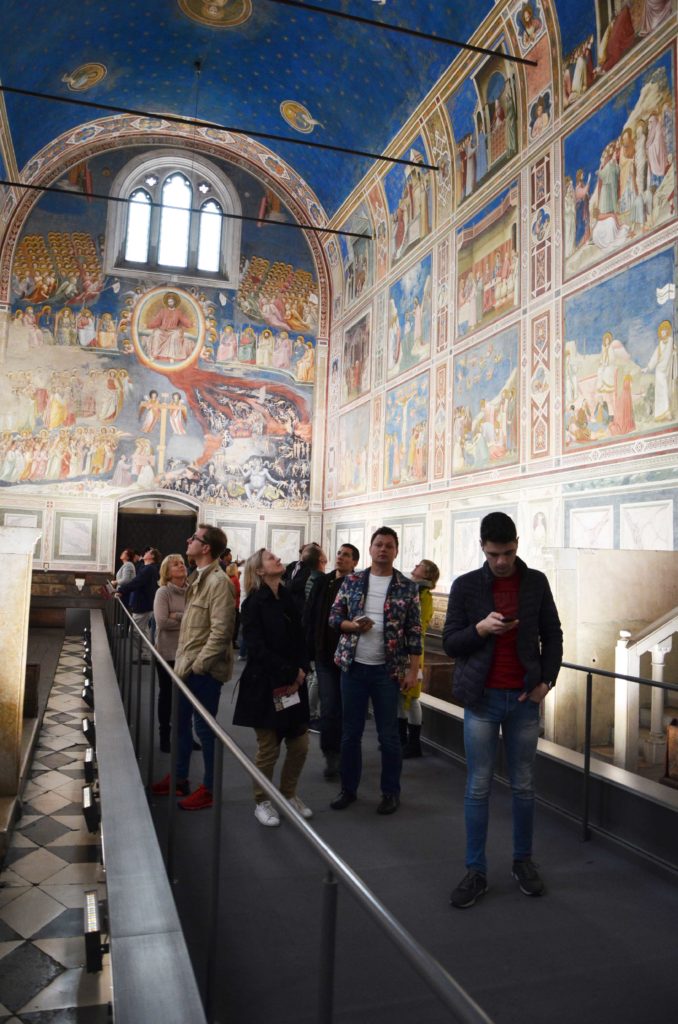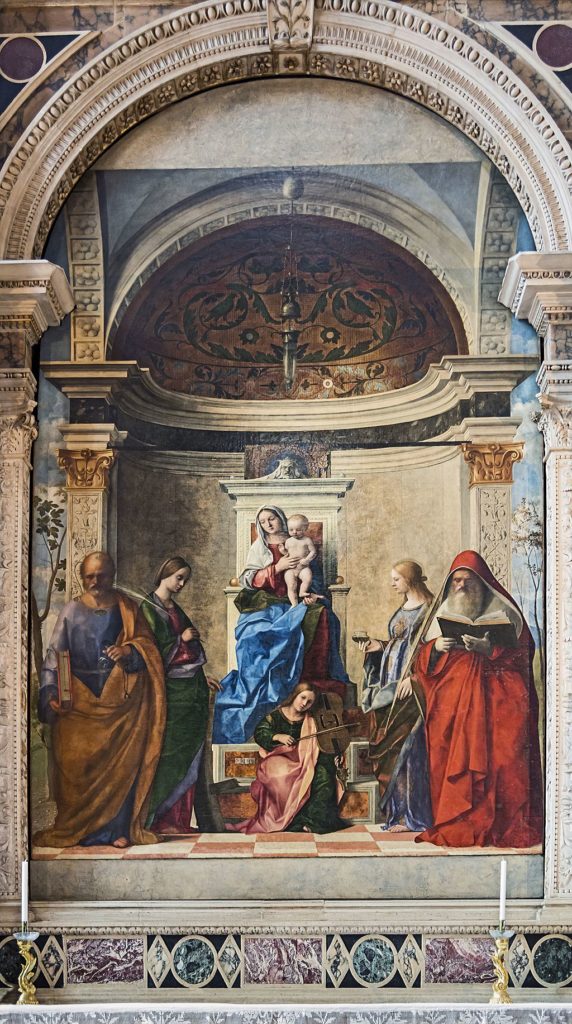Dr Gillian Forrester presented ‘Me, Human: The Big Discussion’ at London’s Science Museum, where an expert panel reflected on questions of developmental psychology.
The event was held in the Hans Rousing Lecture Theatre and began with an introduction to the Me, Human project, a set of live experiments currently being held at Live Science at the museum. Dr Forrester demonstrated evolution through a set of handmade puppets that are on display in the Me, Human gallery and then went on to introduce her esteemed panel which included Professor Uta Frith, a developmental psychologist, Professor Ben Garrod, an evolutionary biologist, primatologist and broadcaster, and Tony King, an independent researcher with the Aspinall Foundation.
In her introduction, Dr Forrester noted both the number and the diversity and of attendees, the Science Museum had welcomed over the course of the project, which will yield a rich source of data to be released in the coming months. The Me, Human experiments include a number of stations which investigate how different sides of our brains are involved in various functions in our day-to-day lives. Earlier that day attendees of the discussion were invited to attend the Me, Human gallery and take part in these experiments in order to understand whether they are dominant in their left or right brain.
The conversation was informal with comments and questions welcomed throughout the discussion. Dr Forrester started the discussion with a question on developmental psychology, which was followed up with a question from a member of the audience who asked simply, “What’s next for us in terms of evolution?” – something the panel said was hard to predict! The panel highlighted the importance of experiments like the Me, Human project and the need for human and animal behavioural psychology to be researched in tandem as Professor Garrod exclaimed: “We are animals!” Other questions posed to the panel included; what’s next for humans? How does social media impact our need to be social in a time where we are increasingly connecting to others through technology?
Later in the panel, Dr Forrester questioned Professor Frith on her theory of ‘slow science’ – her belief that academics should only publish once a year to ensure a quality over quantity approach to research in order to sustain the practice.
It is clear that the Me, Human project has garnered invaluable results and it was positive to see a mix of academics and the general public in the audience. During the conversation, Professor Garrod asked how many of the audience are researchers and not, and highlighted the need for the non-researchers in the continuation of the field of psychology.
The Me, Human project be at the Science Museum London until 30 September 2019.

